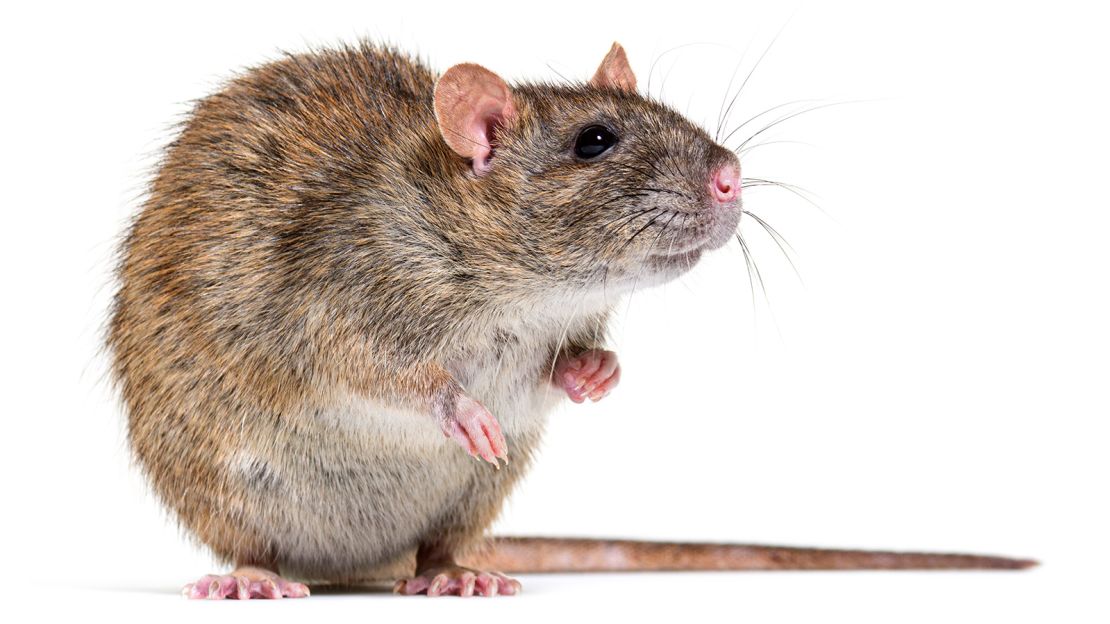Editor’s note: Sign up for CNN’s Wonder Theory science newsletter. Explore the universe with news on fascinating discoveries, scientific advancements and more.
Puppies tussle in the annual Puppy Bowl. Kids start a game of tag in a schoolyard. Play has been observed and documented in many species — and not just in mammals.
However, according to Dr. Michael Brecht, a professor of systems neurobiology and neural computation at Humboldt University in Berlin, play is something that researchers don’t understand in depth.
To learn more about the neuroscience behind this widespread behavior, he and his colleagues played with and tickled rats and observed the rodents’ brain activity. The researchers identified a part of the brain that’s active both when rats are playing and when they’re tickled, revealing their findings in a study published July 28 in the journal Neuron. Brecht was the senior author of the study.
Playful behavior, Brecht said, is present to some extent in all mammals, especially when they’re young. Active play is widely seen in birds, especially smart ones such as crows, and it has been observed in some fishes, frogs and reptiles, studies have shown. It can take many forms, such as rough-and-tumble fights and games with complex rules, but there are a few common identifying features.
“First of all, it’s not done when animals or humans do not feel well — when they’re stressed, they don’t play. And it is in itself rewarding,” Brecht said. “You do it for the fun of it,” unlike a task performed as a transaction to get a reward such as a treat or a paycheck.
Play is also often accompanied by vocalizations — in humans, it’s laughter. “Both animals and humans, when they play, they can be very vocal,” he said. These vocalizations connect the players and help ensure that everyone’s still having fun. In rats, the equivalent of laughter is an ultrasonic squeaking, which is too high-pitched for the human ear.

Previous scientific studies have shown that rats don’t just laugh when they play — they also laugh when they’re tickled. And while tickling is no fun (or sometimes even painful) if it’s happening against one’s will, in small doses, it tends to be enjoyable for the receiver. “Rats really love to be tickled,” Brecht said.
What’s more, he said, “there’s a very clear relationship between ticklishness and playfulness in rats.” Ticklish rats are also playful — and vice versa.
Developing a better understanding of how play works within the brain, on a nuts-and-bolts level, could yield important insights into how we learn, grow and adapt to life’s challenges. Brecht said that play behavior may have developed in animals and humans as a mean of training the brain. “I think it might be more valuable than people think,” he added.
Key brain area
To learn more about how playing and being tickled affect rats’ brain activity, the researchers devised a series of experiments. The team zeroed in on a region of the midbrain called the periaqueductal gray, or PAG, because along with behaviors associated with anxiety and fear, it has been shown to be involved with vocalizations and laughter.
The researchers played “hand chasing games” with their rat subjects and gently tickled them, while tiny, wireless neural probes recorded the rats’ brain activity. The team found that both tickling and play lit up the rats’ PAG regions. Furthermore, in trials where the scientists inhibited activity in this part of the brain, the rats were less inclined to play or laugh when tickled.
“It was not just that there were lots of cells that responded to play or tickling” in this part of the PAG, Brecht said, but also that the rats’ brains responded to both activities the same way.
He said that while he suspects that other parts of the brain in addition to the PAG are involved with these behaviors, it’s a structure that’s “very important in play. And it’s something we’ve been lacking — play is very hard to study, and there are not many brain circuits that are specific to play.”
Play as evolutionary adaptation
Dr. Alexa Veenema, an associate professor of behavioral neuroscience at Michigan State University, said that the study design was “very clever” in simulating the laughter that normally comes from social play among rats. Veenema, who was not involved with this project, agreed with Brecht’s conclusion that tickling and play use some of the same brain circuitry.
Veenema said that studying play matters. Because it’s so widespread across the animal kingdom, she said, “it must be evolutionarily important. We know if we deprive rats or nonhuman primates and even human children from these social interactions, these playful interactions, that has an effect on their social functioning later on.”
Both Veenema and Brecht said that they hope the study will help people appreciate the importance of play, for both children and adults.
“Maybe a takeaway would be to kind of engage in this behavior, independent of your age, and to have a little bit of fun every day through playful behavior,” Veenema said.
Kate Golembiewski is a freelance science writer based in Chicago who geeks out about zoology, thermodynamics and death. She hosts the comedy talk show “A Scientist Walks Into a Bar.”





